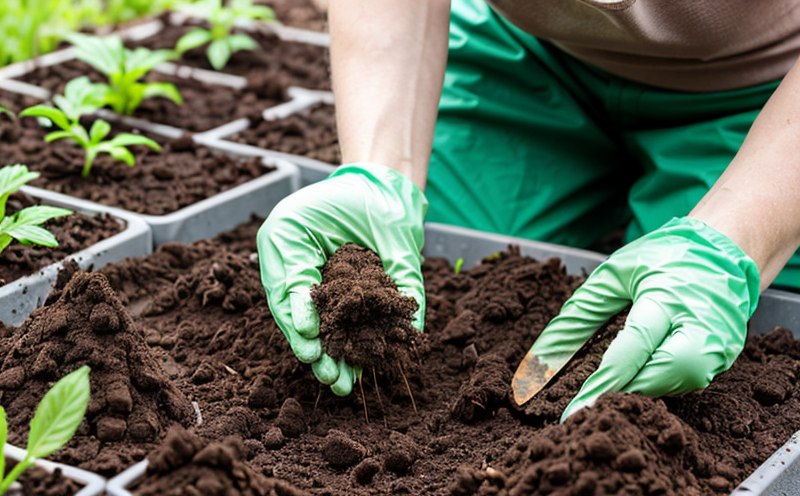IEC 60721 Climatic Condition Resistance Testing of Outdoor Plastics
The IEC 60721 standard is a critical tool for manufacturers and quality assurance professionals in the plastics industry, especially those focused on outdoor applications. This testing protocol evaluates the resistance of polymer and plastic materials to various climatic conditions such as ultraviolet radiation (UV), rain, high humidity, and extreme temperatures. Compliance with IEC 60721 ensures that products like garden furniture, outdoor signage, and other items withstand harsh environmental conditions, maintaining their integrity and performance over time.
Outdoor plastics are exposed to a range of elements that can significantly impact their longevity and functionality. UV radiation is the most destructive factor; it breaks down polymer chains leading to degradation and discoloration. Rain and humidity contribute to the absorption of moisture by plastic materials, which can result in swelling or loss of strength. Extreme temperatures can cause plastics to become brittle or lose flexibility. IEC 60721 provides a structured approach to simulate these environmental stresses so that manufacturers can optimize their products for durability.
The testing process involves exposing specimens to controlled conditions that replicate real-world climatic extremes. This includes ultraviolet light, high temperature, humidity cycling, and water immersion tests. Each test is designed to assess different aspects of the material's performance under varying stressors. For instance, the UV aging test simulates long-term exposure to sunlight, while the condensation test evaluates moisture absorption and retention.
Proper specimen preparation is crucial for accurate testing results. Specimens must be cut from the actual production batch or a representative sample of it. This ensures that the test reflects real-world conditions as closely as possible. After cutting, specimens are conditioned to ensure they reach equilibrium with their environment before undergoing any tests. Once prepared, the specimens are subjected to the appropriate climatic condition resistance tests.
The testing equipment used in IEC 60721 is sophisticated and capable of replicating real-world conditions accurately. For UV aging, a xenon arc lamp is typically employed, which mimics sunlight including both UVA and UVB radiation. The temperature chamber allows for precise control over the temperature range to simulate varying climatic scenarios. Humidity cycling chambers are used to expose specimens to high humidity levels followed by drying cycles to assess moisture resistance.
After testing, samples undergo visual inspection, dimensional measurement, mechanical property evaluation, and color change analysis to determine compliance with IEC 60721 standards. Visual inspection checks for discoloration or changes in appearance, while dimensional measurements ensure that the material has not shrunk or expanded excessively. Mechanical tests assess strength and flexibility post-exposure, providing insights into how well the product will withstand stress. Color change analysis helps determine if the material has faded under UV radiation.
Compliance with IEC 60721 is essential for manufacturers looking to ensure their products meet global standards. By passing these tests, companies can gain market credibility and trust from consumers who value durability and long-term performance in outdoor applications. This standard is particularly important for sectors such as horticulture, landscape design, and recreational equipment where exposure to the elements is inevitable.
In summary, IEC 60721 climatic condition resistance testing of outdoor plastics plays a vital role in ensuring product longevity and reliability under harsh environmental conditions. Proper specimen preparation, use of appropriate testing equipment, and thorough evaluation post-testing are key factors that contribute to accurate and reliable results. By adhering to this standard, manufacturers can produce products that not only meet but exceed expectations for durability and performance.





